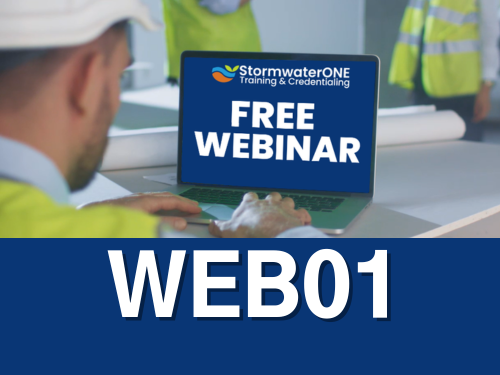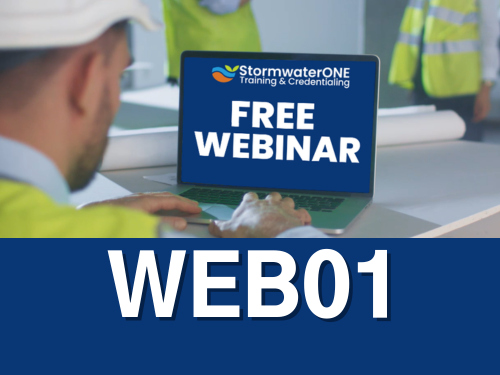Webinar
Low Impact Development and the Basics of Bioretention - Free Webinar
Overview
Low Impact Development (LID) embodies a paradigm shift in how land is developed and how storm water is managed from that development. LID is achieved through the implementation of techniques that mimic pre-development hydrologic conditions by addressing storm water runoff at the source point versus the “end of the pipe.” The bioretention system, which reduces runoff volumes while decreasing pollutant loads found in nonpoint source flow, represents one of the most commonly applied Low Impact Development devices in green infrastructure today. This webinar will introduce the basics of bioretention systems, how they work, why they work and how they can save on project costs.

Low Impact Development and the Basics of Bioretention - Free Webinar
Low Impact Development and the Basics of Bioretention - Free Webinar
Training Type: Webinar
Program Length: 1 Hour
PDH: 1
Credits: .1
Certificate Length: N/A
Couldn't load pickup availability
Multi Seat Discounts




Call Now: 877-257-9777
Email: Support@StormwaterONE.com
- 5 enrollments for 7% off
- 10 enrollments for 10% off
- 20 enrollments for 20% off
- 30 enrollments for 30% off
- 40 enrollments for 40% off
- 50+ enrollments for 50% off
- 300 = Wholesale Program
- 500 = Wholesale Program
- 1,000 = Wholesale Program
- Course Leasing Program
*These discounts are unavailable to training for Home Depot and State of Connecticut.


Intended Audience
Professionals seeking to expand their knowledge as it pertains to stormwater management.
Curriculum
Low Impact Development and the Basics of Bioretention Webinar
Course Demos
At the Completion of This Program You Will Receive
- 1 PDH
- Printable certificate of completion


